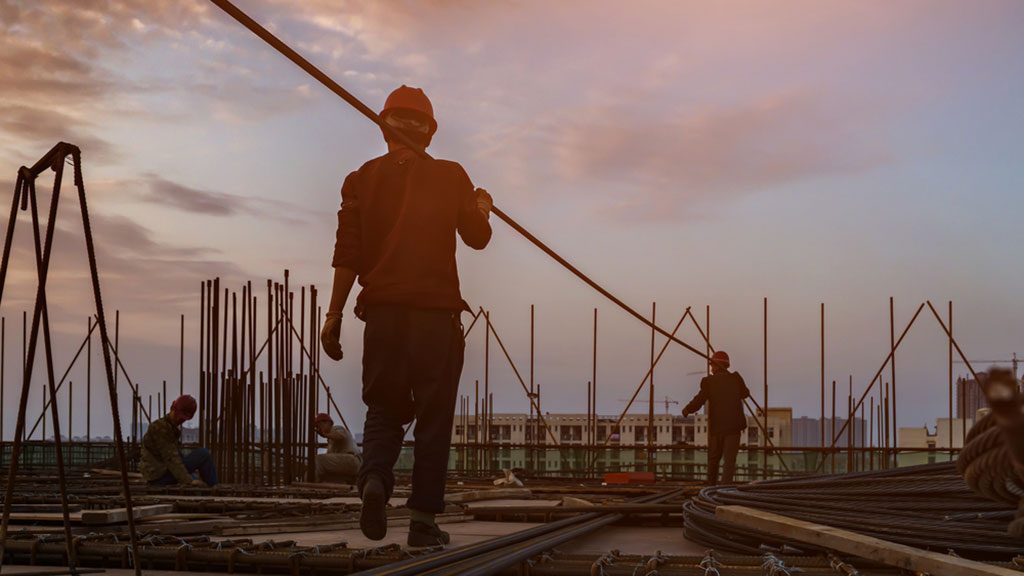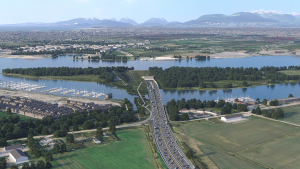OTTAWA — BuildForce Canada reports British Columbia’s construction market returned to positive growth conditions in 2021, following a brief pause induced by the COVID-19 pandemic.
Meanwhile, next door, Alberta’s construction market showed signs of a long-awaited recovery in 2021, thanks to a strong rise in residential-sector investment and increased major-project requirements. That growth and increasing heavy-industrial maintenance requirements should lead to an even stronger pace in 2022.
BuildForce released its 2022–2027 Construction and Maintenance Looking Forward report for the provinces on March 17.
“British Columbia’s economic growth recovered strongly in 2021. That trend should continue into 2022 and beyond, supported by strong levels of consumption and continued growth in residential and non-residential investment,” stated BuildForce executive director Bill Ferreira in a statement. “Demands in both sectors should be sustained across the forecast period.”
In the near term, growth will be driven by almost every sub-sector of the construction industry in B.C., including major heavy industrial, public transit, education, health care, road, highway and bridge projects, as well as new housing and renovation work, and strong demand for commercial building construction.
Non-residential employment across the province is expected to peak in 2024, before receding through the end of the forecast period as major projects wind down. Residential employment, meanwhile, is expected to rise through 2022 before concluding the forecast period slightly below 2021 levels.
BuildForce projects British Columbia’s construction industry will need to recruit 27,600 additional workers over the forecast period to keep pace with expansion and replacement demands. More than 25,000 of those workers – or 13 per cent of the 2021 construction labour force – are expected to retire during this period. Although the addition of almost 22,000 workers under the age of 30 from local recruitment efforts will help to offset these retirements, the labour force faces a near-term need for large numbers of experienced skilled workers.
By 2027, the industry in B.C. could face a deficit of 5,700 workers unless anticipated recruitment is increased.
Construction employment in Alberta is expected to rise by about 2,400 workers, or 1.4 per cent of the 2021 labour force, by 2027.
BuildForce expects Alberta’s construction industry will need to replace an estimated 22,650 workers, or 12 per cent of the current labour force, who are expected to retire by 2027. The province, however, is well positioned to close any resulting employment gaps, given that approximately 23,000 new workers under the age of 30 are projected to enter the labour force from the local population.
“Alberta’s construction market is emerging from a challenging period that saw a downward trend in employment carry through from 2015 to 2021,” said Ferreira. “Our scenario forecast for the province anticipates overall construction employment to strengthen further in 2022, driven by an increase in both residential and non-residential demands.
“Demands weaken temporarily in 2023 as many current major projects wind down and new housing slows, but modest growth should continue over the remainder of the forecast period.”











Recent Comments
comments for this post are closed